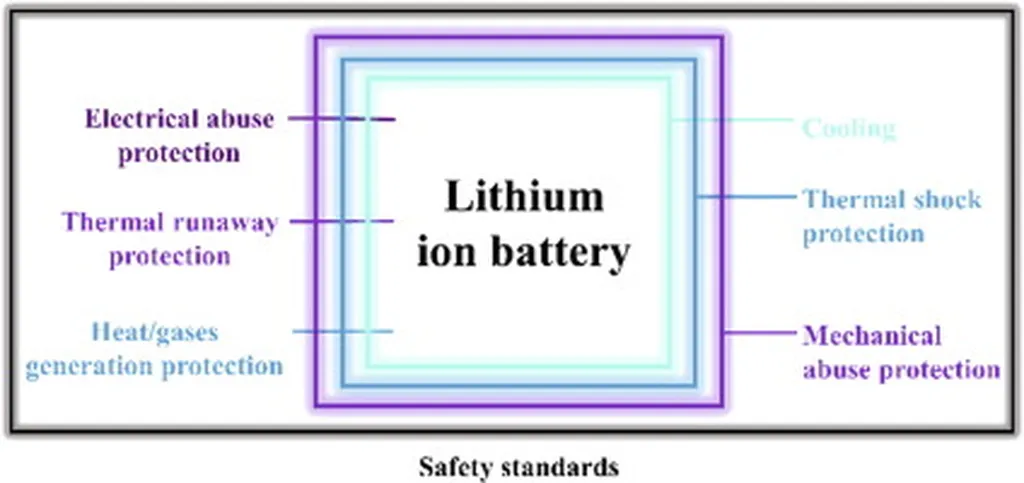In the rapidly evolving energy landscape, lithium-ion battery energy storage systems are playing an increasingly pivotal role. However, their widespread adoption is hampered by significant safety concerns, particularly the risk of fires. A recent review published in the journal *Batteries* (translated from the original title) delves into the critical issue of risk prevention and control for these energy storage power stations, offering insights that could shape the future of the energy sector.
Led by Weihang Pan from the School of Electrical Engineering and Automation at Henan Polytechnic University in China, the research provides a comprehensive analysis of the fire characteristics and thermal runaway mechanisms in lithium-ion battery energy storage systems. Pan and his team emphasize the urgent need for a systematic approach to mitigate these risks, which are currently a major bottleneck in the large-scale deployment of these technologies.
The study examines the current state of risk prevention and control technologies across three key dimensions: monitoring and early warning, thermal management, and fire protection. Each of these technologies is evaluated from multiple angles, highlighting their strengths and limitations. “The goal is to provide a solid theoretical foundation and practical guidance for the precise risk prevention and control of lithium-ion battery storage power stations,” Pan explains.
One of the key findings is the need for the development of multi-parameter coupled monitoring and warning technology. This approach would integrate various data points to provide a more comprehensive and accurate early warning system, crucial for preventing thermal runaway and subsequent fires. Additionally, the research advocates for integrated and intelligent thermal management technology, which could significantly enhance the safety and efficiency of these energy storage systems.
The study also highlights the importance of developing clean and efficient extinguishing agents and dynamic fire suppression strategies. These advancements could revolutionize the way fires in lithium-ion battery storage systems are managed, reducing the environmental impact and improving the overall safety of these installations.
The commercial implications of this research are substantial. As the energy sector continues to transition towards renewable energy sources, the demand for reliable and safe energy storage solutions is expected to grow exponentially. The insights provided by Pan and his team could accelerate the development of safer lithium-ion battery storage systems, making them more attractive to investors and end-users alike.
Moreover, the research underscores the need for continued innovation and collaboration in the field. By addressing the current limitations of existing technologies and exploring new avenues for improvement, the energy sector can move closer to achieving a more sustainable and resilient energy future.
In conclusion, this review not only sheds light on the current challenges and advancements in risk prevention and control for lithium-ion battery energy storage systems but also points the way forward. As the energy transition gains momentum, the insights from this research will be invaluable in shaping the future of energy storage technologies.

